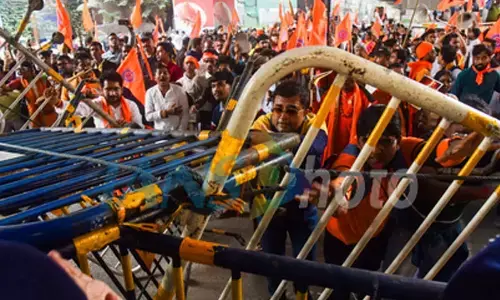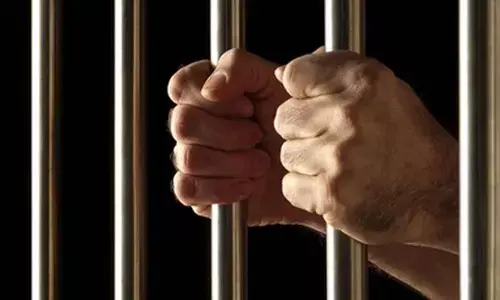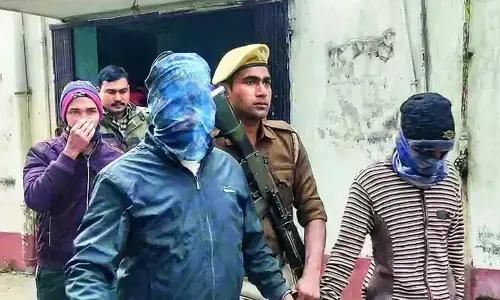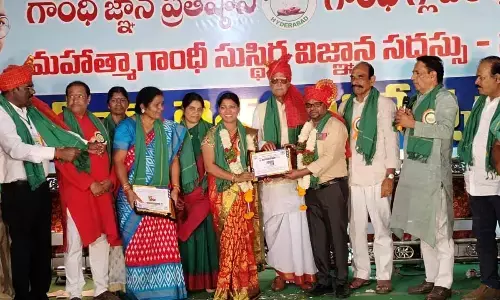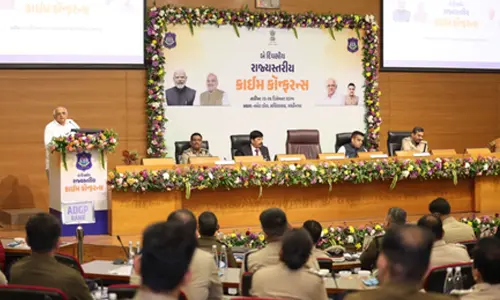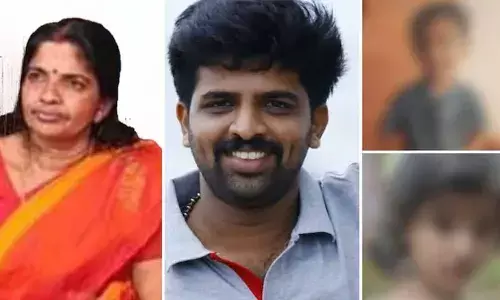50 years of Emergency - the ‘darkest hour’ of free India
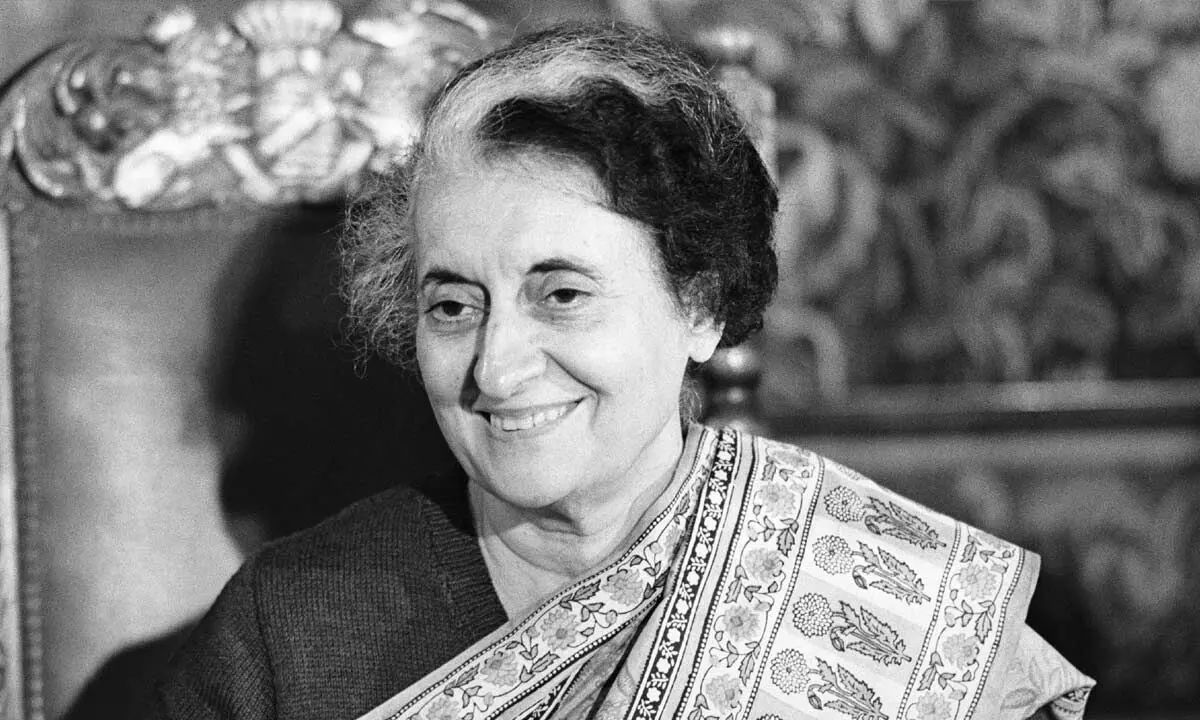
India enters the golden jubilee year of Emergency today - imposed by the then Congress government led by the ‘iron lady’ Indira Gandhi on June 25,1975
India enters the golden jubilee year of Emergency today - imposed by the then Congress government led by the ‘iron lady’ Indira Gandhi on June 25,1975. It was a harrowing time that citizens of independent India encountered when the Centre imposed a national clampdown.
Indira Gandhi, the then Prime Minister was facing a series of problems on all fronts despite winning the Bangladesh war in December 1971, which severely impacted Indian economy. Her massive win in the 1971 elections, riding on the catchy slogan ‘GaribiHatao’ gave her party 352 seats out of a total of 518 in the then Parliament.
Yet, her autocratic approach and systematic demolition of the stature of institutions like the judiciary and concentration of power in the PMO made consensual working impossible and created unrest of the kind which the country had never seen.
The most significant of such movements was the Nav Nirman movement in Gujarat, between December 1973 and March 1974. Student unrest against the state’s education minister ultimately forced the central government to dissolve the state legislature, leading to the resignation of the chief minister, Chimanbhai Patel, and the imposition of President’s rule. Meanwhile, there were assassination attempts on public leaders as well as the assassination of the railway minister Lalit Narayan Mishra by a bomb. All of these indicated a growing law and order problem in the entire country, which Mrs. Gandhi’s advisors warned her of for months.
In March–April 1974, a student agitation by the Bihar Chhatra Sangharsh Samiti received the support of Gandhian socialist Jayaprakash Narayan, referred to as JP, against the Bihar government. In April 1974, in Patna, JP called for “total revolution,” asking students, peasants, and labour unions to non-violently transform Indian society. He also demanded the dissolution of the state government, but this was not accepted by the centre.
A month later, the railway-employees union, the largest union in the country, went on a nationwide railways strike. This strike was led by the firebrand trade union leader George
Fernandes who was the President of the All India Railwaymen’s Federation. He was also the President of the Socialist Party. The strike was brutally suppressed by the Indira Gandhi government, which arrested thousands of employees and drove their families out of their quarters”
Wikipedia notes: “Siddhartha Shankar Ray, the Chief Minister of West Bengal, proposed to the prime minister to impose an “internal emergency”. He drafted a letter for the President to issue the proclamation based on information Indira had received that “there is an imminent danger to the security of India being threatened by internal disturbances”. He showed how democratic freedom could be suspended while remaining within the ambit of the Constitution.
After resolving a procedural matter, President Fakhruddin Ali Ahmed declared a state of internal emergency upon the prime minister’s advice on the night of 25 June 1975, just a few minutes before the clock struck midnight.
As the Constitution requires, Mrs. Gandhi advised and President Ahmed approved the continuation of Emergency over every six months until she decided to hold elections in 1977. In 1976, Parliament voted to delay elections, something it could only do with the Constitution suspended by the Emergency.
In this torrid phase which is still remembered by many Indians, civil liberties were severely restrained. The freedom of the press was strictly curtailed and anything published had to pass the Information and Broadcasting ministry.There were many instances of human rights violations in India. Curfews were imposed and the police detained people without trial, including many Opposition leaders.
Finally, the Indira Gandhi government announced elections in January 1977 and in the elections held between March 16-20 in the same year, her party was trounced and India saw a massive coalition – the Janata Party – assume power. The rest, is history.








